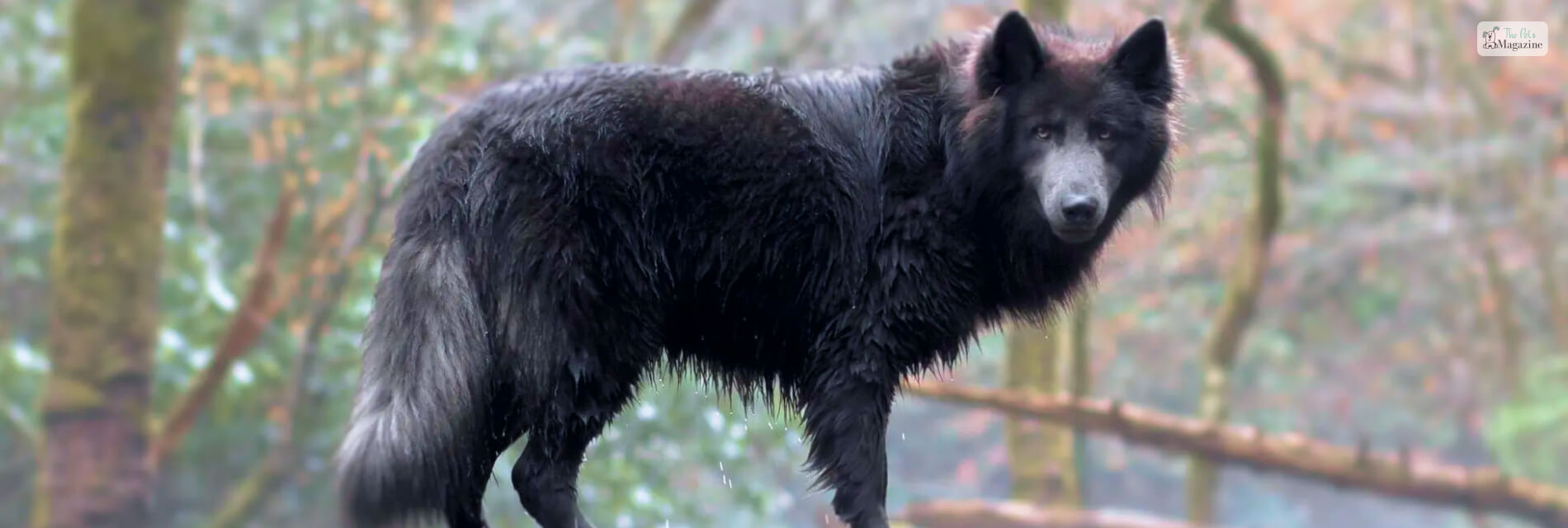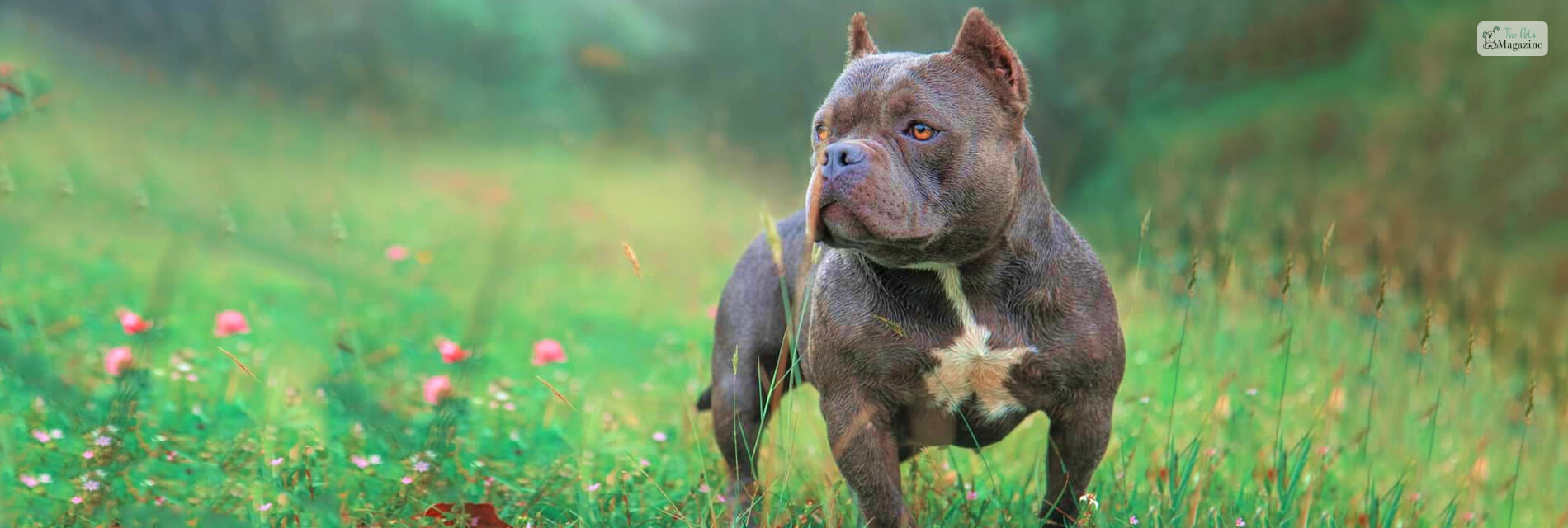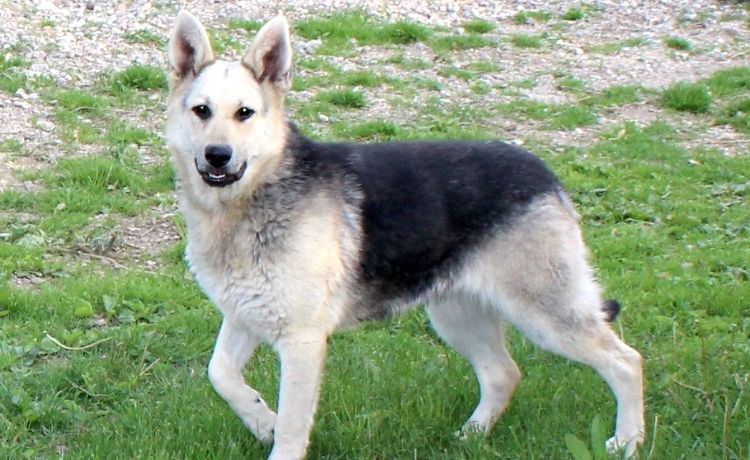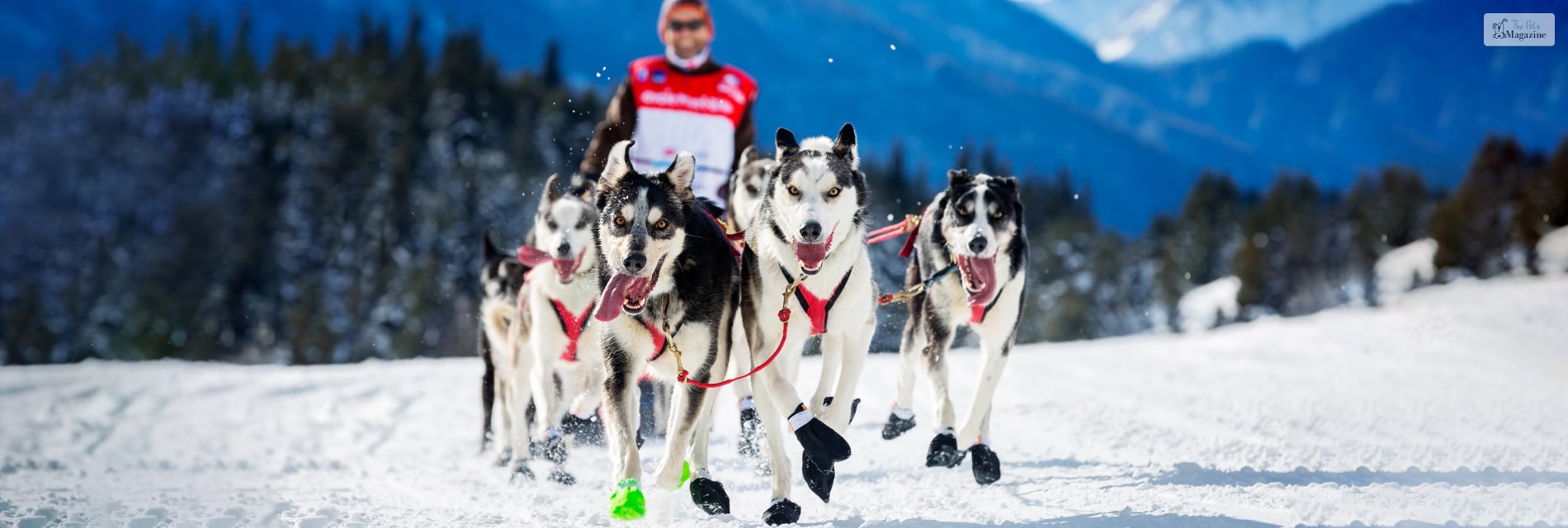German Shepherd Vs. Belgian Malinois: A Breed Comparison


Are you in the process of choosing a dog breed to be your next family pet? With so many breeds out there, picking a canine companion for your family can be quite tricky and overwhelming. But if you are looking for a family dog that is loyal, loving, intelligent, and active, then you will come across two popular dog breeds – German Shepherd and Belgian Malinois.
These two dogs are similar in appearance and are often mistakenly considered to be the same breed. In addition, both of these breeds are working dog breeds with a high energy level. So if you are looking for a family dog who will be content with 30 minutes of walking each day then these breeds are not for you. But if you have an active lifestyle and are looking for a canine companion who will accompany you on hikes and walks each day, then both German Shepherds and Belgian Malinois will be the right fit for you.
But along with so many similarities between the two breeds, there are some subtle differences too. If you want to know the differences between the belgian malinois vs german shepherd puppy, then this article is for you. We will also compare their origin, history, physical characteristics, temperament, trainability, exercise requirements, grooming needs, health issues, and suitability as working dogs or family pets. So dive in!
German Shepherd vs Belgian Malinois: At A Glance
Check out the chart below to know the main differences between German Shepherd and Belgian Malinois.
| Feature | German Shepherd | Belgian Malinois |
|---|---|---|
| Origin | Germany | Belgium |
| Size | Larger, typically 22-26 inches tall | Slightly smaller, typically 22-24 inches tall |
| Weight | 50-90 pounds | 40-80 pounds |
| Coat | Medium-length, double-coat | Short, straight, and dense coat |
| Color | Black and tan, sable, black, white | Fawn, mahogany, with black mask |
| Temperament | Loyal, protective, intelligent | Energetic, alert, intelligent |
| Exercise Needs | High, requires regular exercise | Very high, needs extensive physical activity |
| Trainability | Highly trainable, versatile | Highly trainable, excels in agility and obedience |
| Lifespan | 9-13 years | 12-14 years |
| Common roles | Police, military, service, family pet | Police, military, service, family pet |
German Shepherd vs. Belgian Malinois: Origin and History

Both German Shepherds and Belgian Malinoiss are in the herding breed group with a similar history. As the name suggests, German Shepherds originated in Germany and the Belgian Malinois hails from Belgium.
In the late 19th century, Captain Max von Stephanitz set out to create the perfect German herding dog breed which would be medium to large-sized, and have an independent, intelligent, obedient, and eager-to-please personality. He crossbred various herding dog breeds found in Germany to create the first German Shepherd dog.
They were initially bred as herding dogs, known for their intelligence, loyalty, and versatility. The breed rose to fame after World War I, working as police dogs, guide dogs, search & rescue dogs, and more. Today, German Shepherds remain one of the most popular breeds in the U.S.
Belgian Malinois, on the other hand, hails from Belgium. They are closely related to three other Belgian herding dog breeds, which include the Laekenois, the Tervuren, and the Belgian Shepherd (aka Groenendael).
The Belgian Malinois was also initially bred for herding livestock. They were developed in the city of Malines from where the breed gets its name. The breed was developed by serious breeders who wanted to create a guardian and herding dog breed with a strict work ethic. The Malinois came to the United States for the first time in 1911. The breed grew in popularity in the US until the outbreak of the Second World War.
From herding and guarding livestock, they transitioned into working roles such as police, search and rescue, and service dogs.
German Shepherd vs. Belgian Malinois: Breed Comparison

Read on if you want to know more about these two breeds in detail:
Size and Appearance
When it comes to Belgian malinois vs german shepherd size, the German Shepherds and Belgian Malinois have some similarities in their physical attributes, but also distinct differences.
Both breeds are similar in height – male dogs stand at a height of 24-26 inches whereas female dogs stand at 22-24 inches. However German Shepherds are slightly heavier and more muscular compared to the Belgian Malinois who are leaner and compact. Male German Shepherds weigh around 65-90 pounds and female German Shepherds weigh around 50-70 pounds. So if you are wondering that in a german shepherd vs belgian malinois race who would win, then it would be the Belgian Malinois because they are more leaner.
On the other hand, male Belgian Malinois weigh around 60-80 pounds whereas female German shepherds weigh 40-60 pounds. If you are looking for a protection dog, then you probably want to know about the belgian malinois vs german shepherd bite force. The German Shepherd has a bite force of 238 PSI and the Belgian Malinois has a bite force of 195 PSI. So if you want a guard do, then the German Shepherd will be the better fit.
The Malinois has a short, dense coat that requires little grooming, while the Shepherd has a thicker double coat that needs frequent brushing and shedding control, especially when seasons change. The Malinois only needs an occasional bath and brushing. So if you want a lower-maintenance coat, the Malinois wins out.
Most people are familiar with the Shepherd’s typical tan and black saddle coloring. Malinois usually have a lighter tan base coat with black tips on the hairs, giving a “burnt” look. Some Shepherds can also be all black, all white or even a grayish sable. The Malinois typically only comes in shades of tan and brown. If you want to know the differences between black belgian malinois vs black german shepherd, then you should be aware that there is no such difference except in size and weight.
Lifespan and Health Issues
Lifespan is the main differentiating factor when it comes to these two breeds. German shepherd lifespan is comparatively shorter than a Belgian Malinois. A Belgian Malinois lives for around 14-16 years, whereas a German shepherd’s expected lifespan is 7-10 years.
The Belgian Malinois is healthier compared to the German Shepherd. However, both breeds are prone to certain health issues, such as hip dysplasia, progressive retinal atrophy, and elbow dysplasia. A brief explanation of common health concerns for each breed is as follows:
- Hip Dysplasia: It is a genetic condition where the hip joint doesn’t fit properly, leading to arthritis.
- Elbow Dysplasia: Similar to hip dysplasia, this issue affects the elbow joints.
- Degenerative Myelopathy: This is a progressive disease of the spinal cord that can lead to paralysis.
- Bloat (Gastric Dilatation-Volvulus): It is a life-threatening condition where the stomach twists.
- Exocrine Pancreatic Insufficiency (EPI): This can be defined as a condition where the pancreas fails to produce enough digestive enzymes.
- Allergies: Both breeds are prone to skin allergies and food sensitivities.
- Progressive Retinal Atrophy (PRA): This condition refers to a group of genetic diseases that cause blindness.
- Cataracts: It is a type of condition that causes clouding of the eye lens, leading to vision impairment.
- Epilepsy: This is a neurological disorder that can cause seizures.
- Thyroid Issues: Both breeds are prone to a variety of thyroid issues. This includes Hypothyroidism, where the thyroid gland is underactive, and hyperthyroidism, which occurs when the thyroid produces too much hormone.
Temperament and Personality Traits
German Shepherds are known for their loyalty and protective nature. They are typically good with children and make great family pets. However, they can be reserved with strangers and require proper socialization from a young age.
German Shepherds are also known for their intelligence and trainability. They are often used as police and military dogs due to their ability to learn quickly and follow commands.
Belgian Malinois also has a similar temperament to the German Shepherd.
They make great family pets but will be on their guard when they see strangers. Malinois tend to bond closely with one person, whereas German Shepherds have a close, personal bond with every member of the family.
However, Malinois have a higher prey drive and better work ethic than German shepherds. They are also more active and need a lot of exercise and physical activity than shepherds. These qualities make Malinois an exceptional watchdog or a working partner on farms.
German shepherds are equally intelligent and energetic but have a bit more laid-back personality compared to the Malinois. As a result, they are versatile and excel at a lot of things like police and military work, search and rescue, guide dogs for the specially-abled, and so on.
Training and Exercise Needs
Both Belgian Malinois and German shepherds were originally bred to herd sheep, so they are highly active, intelligent, alert, and courageous. They thrive when they have a job to do and are eager to learn. Hence, they need a lot of physical exercise and mental stimulation.
They excel in activities like agility, obedience, and protection training. Both breeds also love activities like biking, hiking, and running, but daily walks also make them happy. However, both dog breeds tend to be reserved with strangers. This is why both dog breeds should be socialized from an early age.
Both German Shepherds and Belgian Malinois are also highly intelligent and independent. Therefore, they need an experienced owner who can provide them with consistent training on a daily basis.
Without proper training from a very early age, both breeds can become aggressive or unruly from a young age. Both dog breeds also respond well to positive reinforcement during training.
Grooming Needs
There is not much difference between these two breeds’ grooming needs. Both breeds require regular brushing (minimum once a week) to remove loose hair, dirt, and debris. It will also help distribute the natural oils, which will keep their coat shiny and healthy.
Both breeds need a bath every 3-4 months or as needed if they get particularly dirty. In addition, regular ear cleaning, nail trimming, and dental care are important for both breeds.
However, ideally, German Shepherds should be brushed more than once a week since they have a denser and longer coat compared to the Belgian Malinois. They also have a dense undercoat that sheds year-round and much more heavily during spring and fall.
In comparison, Belgian Malinois have a short, straight double coat. Their outer coat is weather-resistant, and the undercoat is soft and dense. Once a week, brushing to minimize shedding and prevent matting is enough for them. Moreover, the Belgian Malinois is a moderate shedder even though they shed all year round. The amount of shedding may increase during spring and fall.
German Shepherd vs Belgian Malinois: Suitability as Family Pets

When comparing the Belgian Malinois and German Shepherd as family pets, it is important to understand the Belgian malinois vs German Shepherd temperament. The Belgian Malinois is an extremely high-energy, driven breed. Malinois were bred as herding and guard dogs, and they had an intense desire to have a job and please their owners.
They require extensive daily mental and physical stimulation. Malinois are so energetic and trainable, that they are commonly used by police forces and the military as detection dogs, search & rescue dogs, and protection dogs. However, their high drive means they may be too intense for inexperienced owners.
On the other hand, the the German Shepherd tends to be calmer and more easygoing, while the Belgian Malinois is more energetic, intense and demanding. If you’re looking for a breed to train for competition or demanding jobs, the Malinois may have a slight edge. However, for a family companion, the German Shepherd is probably better suited to most owners. Either way, consistent training and exercise are essential for both breeds to be happy, well-adjusted canine citizens.
Final Thoughts
When deciding between a German Shepherd and a Belgian Malinois, it’s crucial to consider your lifestyle and needs. If you’re an active individual or a family with an active lifestyle, both breeds can be a great fit. However, Belgian Malinois requires more exercise and mental stimulation, so be prepared to dedicate time and effort to meet their needs.
If you’re looking for a versatile and adaptable breed that can excel in various roles, the German Shepherd may be the better choice. Ultimately, it’s important to meet both breeds before bringing them home, speak to reputable breeders or rescue organizations, and assess which breed aligns best with your lifestyle and preferences.
In conclusion, choosing between a German Shepherd and a Belgian Malinois requires careful consideration. Both breeds have their unique qualities and characteristics that make them suitable for different lifestyles and purposes.
Whether you’re looking for a loyal family companion or a dedicated working dog, understanding the origin, history, physical attributes, temperament, trainability, exercise requirements, grooming needs, and potential health issues of each breed is essential. By doing your research and evaluating your own lifestyle and needs, you can make an informed decision and find the perfect four-legged companion to join your family.
You May Also Like:









Leave A Comment